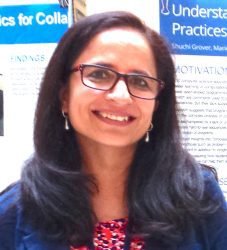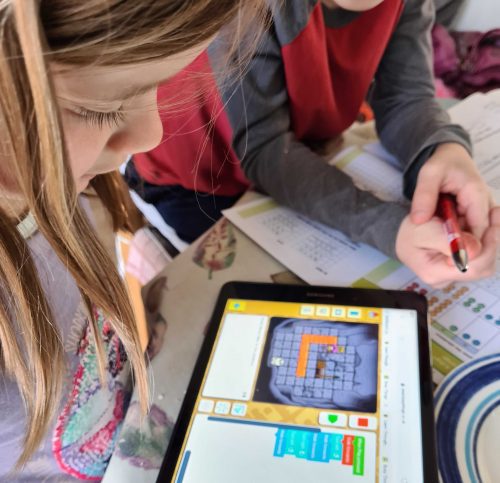Schlagwort: assessment
-

Formative assessment in the computer science classroom
Reading Time: 5 minutesIn computing education research, considerable focus has been put on the design of teaching materials and learning resources, and investigating how young people learn computing concepts. But there has been less focus on assessment, particularly assessment for learning, which is called formative assessment. As classroom teachers are engaged in assessment activities all…
-

Testing young children’s computational thinking
Reading Time: 5 minutesComputational thinking (CT) comprises a set of skills that are fundamental to computing and being taught in more and more schools across the world. There has been much debate about the details of what CT is and how it should be approached in education, particularly for younger students. In our research seminar…

